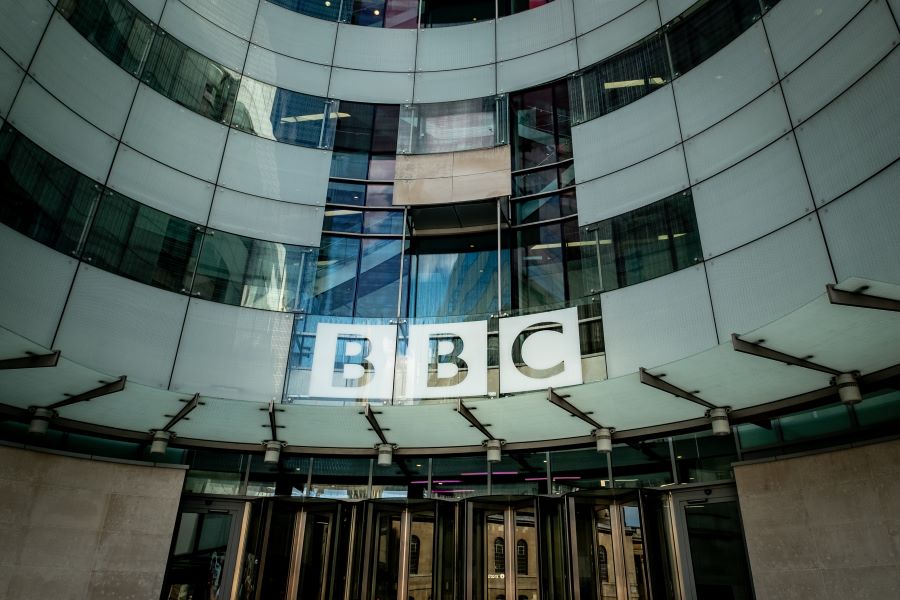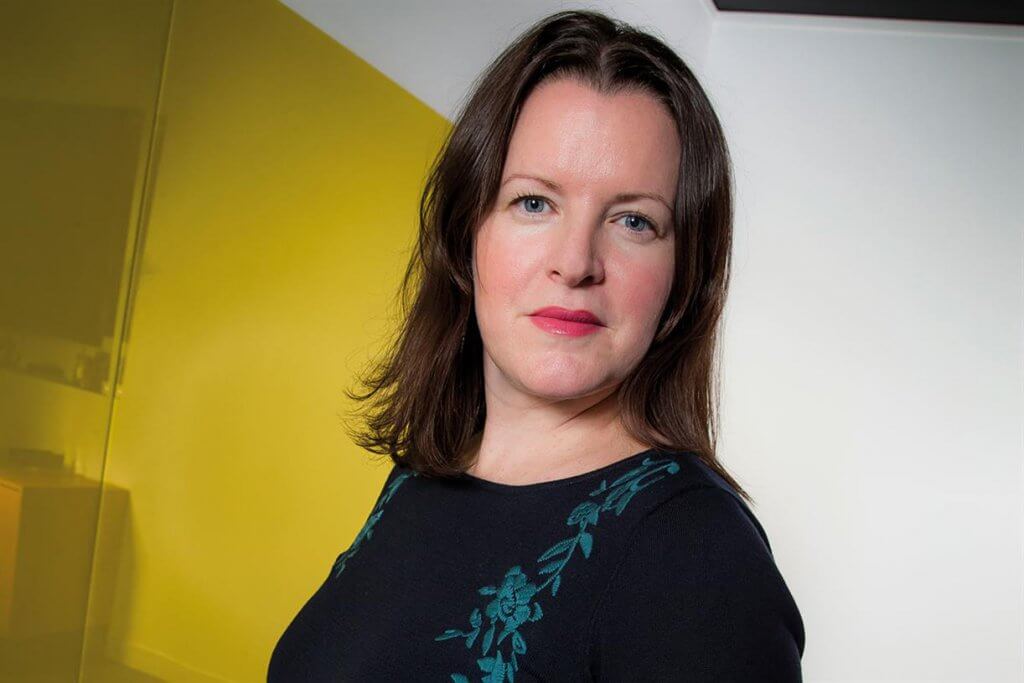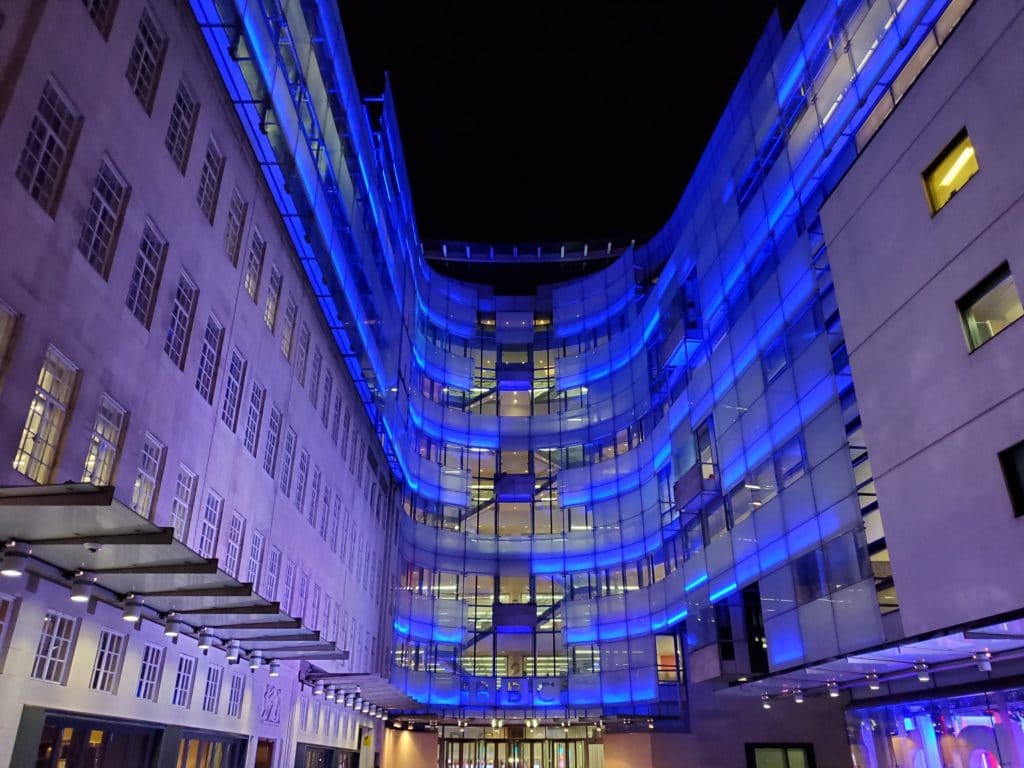
The Audio Revolution is at full volume – here’s why

Ruth Cartwright, Head of AV at Amplifi, sets out why radio is finally getting the recognition it deserves
The Audio Revolution is upon us. Radio has overtaken the internet as the fastest growing medium, according to the most recent Advertising Association/WARC Expenditure Report published this week, with industry stalwarts like McDonalds, Asda and Sky doubling or even tripling their already considerable spend on the medium in the first quarter of 2018.
While it’s relevant, safe, creative and engaging, radio has historically been an undervalued medium – so it’s incredibly gratifying to see it getting the commitment it deserves from clients and brands giving it a central role in their media mix. Radio has always provided an environment that speaks to listeners, perfectly complements a TV campaign and drives reach and higher ROI, but there are several new developments driving this impressive momentum.
First, there is the fact that commercial radio audiences are at record levels in terms of reach, with 36 million weekly listeners at last count, even overtaking the BBC.
Then there is also the growth of digital audio. According to RAJAR MIDAS, total commercial audio listening time has increased by 9% over the last two years. This, combined with the realisation that audio is fraud-free, non-skippable, and provides a safe environment for brands, has hugely increased audio’s appeal to advertisers.
Voice activated devices are now widely seen as the future, and these are (naturally) audio-led. This is fuelling interest about audio and encouraging advertisers and agencies to think more carefully about how their brands sound.
Most importantly, advertisers and agencies are finally starting to use radio more strategically. Radio has always been seen as a strong tactical medium, but new theories (like the IPA’s ‘Long and the Short of It’ and ‘How Brands Grow’ by Byron Sharp) have demonstrated the importance of high reach and emotional connection for brand building campaigns, pointing to the value of radio for brand-led media schedules.
Radiocentre and Ebiquity’s recent study Re-evaluating Media also highlighted radio’s targeting capabilities. With many advertisers now acknowledging that the tight targeting afforded by addressable advertising is not always appropriate, using radio to reach the right people in the right place at the right time at scale is one of many strengths of the medium that warrants reconsideration.
The Audio Revolution has been building momentum over time, and some of radio’s current success undoubtedly stems from strategies implemented several years ago. For example, the roll-out of strong brands nationally has helped advertisers to navigate the market more easily.
Since the earliest days of digital audio, Dentsu Aegis have been investing in understanding the impact of audio across traditional radio and digital audio, using Audio Stack to report our delivered incremental reach on campaigns when using the two in combination.
The rise and rise of radio is a result of a combination of factors that have collectively built irresistible momentum for the medium. At Amplifi, we are actively nurturing our audio skillset and I would implore others to do the same in order to remain at the forefront of the Audio Revolution.


